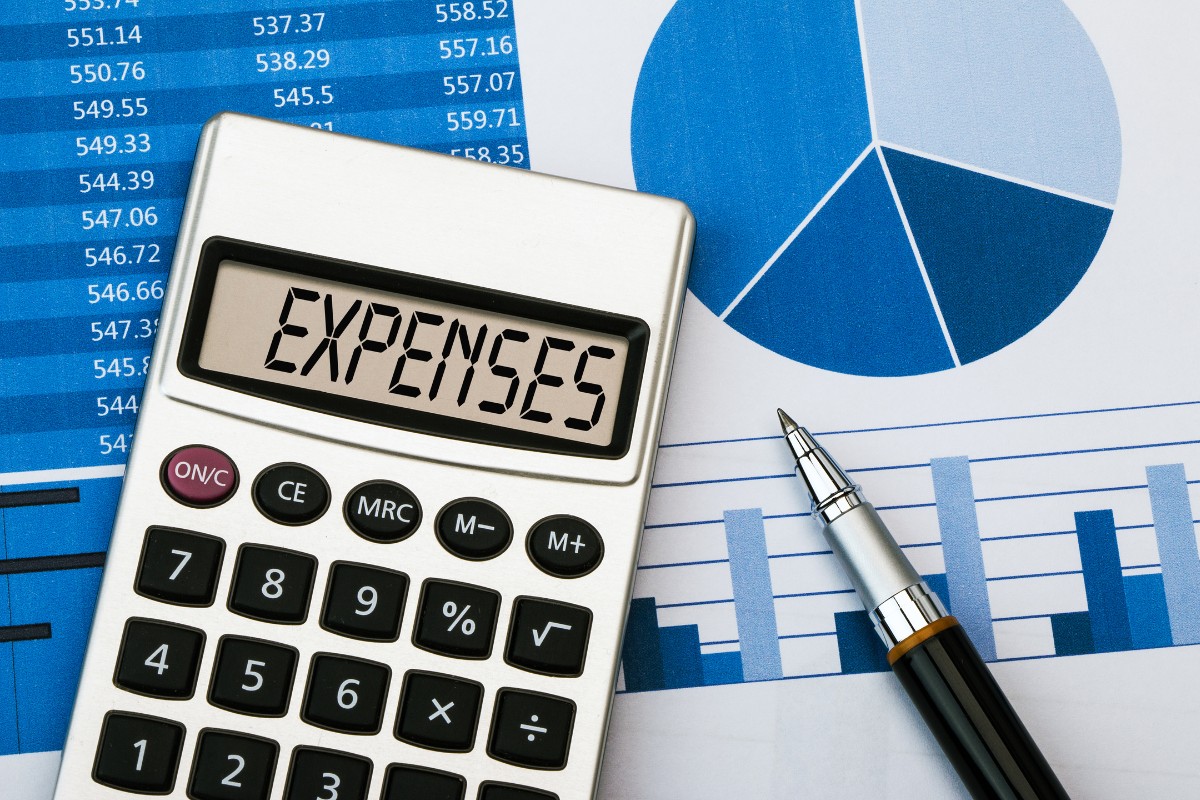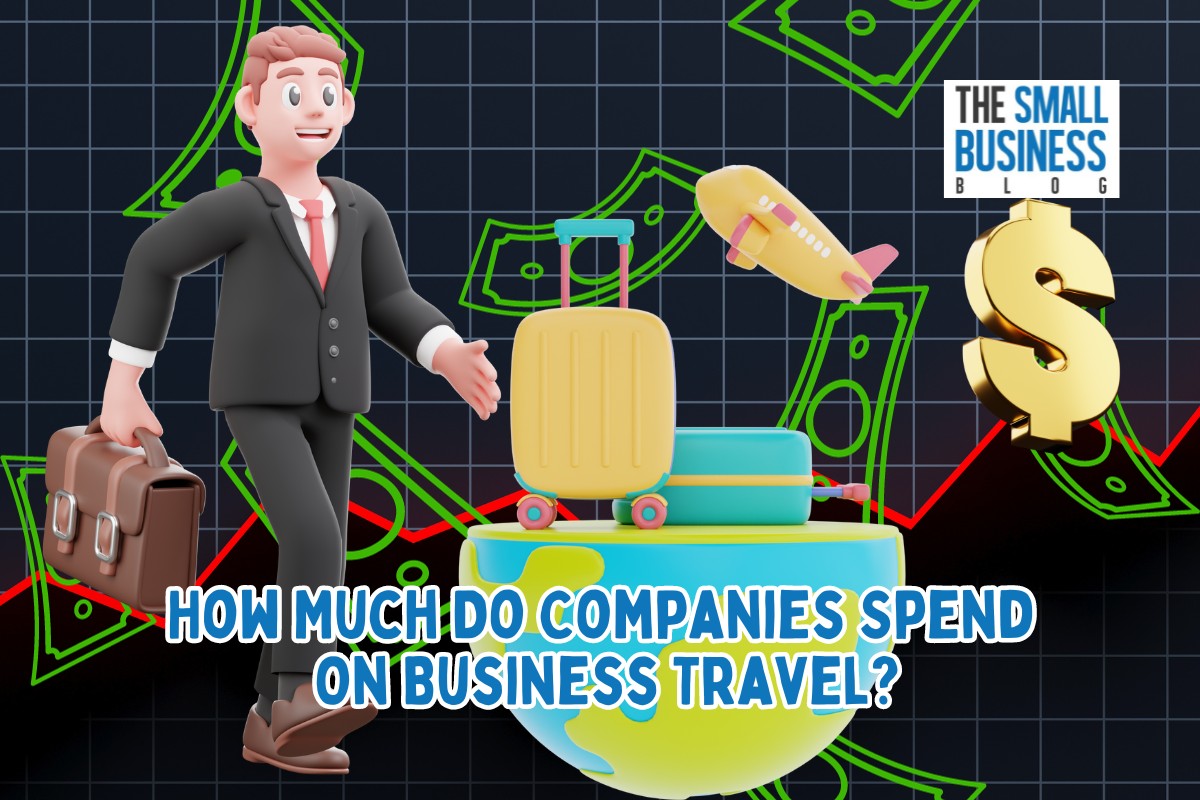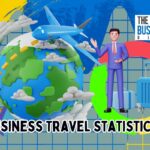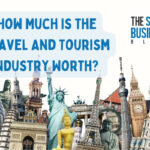The world is living through a time of high inflation while incomes and earnings are staying relatively the same.
Companies that require employees and staff to go on business trips are looking for ways to save on the rising expenses related to business travel.
How much do companies spend on business travel?
This is the topic we will be discussing in the following article; we’ll be providing you with some business travel statistics and costs that are incurred by business travel.
Additionally, we will reveal more business travel statistics and demographics for your consideration.
Let’s dive into the world of business travel.
Post Contents
- 1 Key Statistics
- 2 How Much Do Companies Spend on Business Travel?
- 3 What are the Reasons for Business Travel?
- 4 Who Travels for Business?
- 5 What is the Breakdown of Business Travel Spending?
- 6 What are Some Benefits of Business Travel?
- 7 What has Impacted Business Travel?
- 8 Where are the Most Expensive Business Traveler Destinations?
- 9 Tips for Reigning in Business Travel Expenses
- 10 Conclusion
- 11 Sources
Key Statistics
- In 2023, the average cost of a business trip accounted for $1,293.
- On average, business trips cost $325 per day.
- On average, businesses spend around 17% and 27% of their overall travel budget on airfare.
- An average of 20% of a company’s travel budget is allocated to food.
- In 2024, business travel spending is expected to reach $1.4 trillion.
- In 2027, the business travel spending market is expected to reach $1.8 trillion.
- 35% of businesses in the United States use business travel.
- 52% of people who engage in business travel did so for networking conferences or client meetings.
- Men dominate in the business travel realm at 77%.
- An average of just under 7 business trips are taken each year.
How Much Do Companies Spend on Business Travel?

In 2023, the average cost of a business trip was $1,293 (USD). The per day costs were an average of $325.
So, this is the average amount spent on business travel by companies.
According to the GBTA (Global Business Travel Association), the business travel market is expected to recover to its pre-pandemic figures.
By 2024, business travel spending is expected to be $1.4 trillion (USD).
Moreover, it’s expected that by 2027, this figure will rise to almost $1.8 trillion (USD)
Companies are spending an average of between 17% and 27% on airfare alone from their travel budget.
Also, over 20% of a company’s business trip budget is set aside for food costs.
In the United States, at least 35% of businesses use business travel.
However, during the pandemic business travel in the United States took a drop to 185 million from pre-pandemic numbers of 464 million.
(Expensify, GBTA, Skift, Zippia)
We learned some things about why people engage in business related travel, and we will share that with you in this section.
What are the Reasons for Business Travel?
Client meetings and networking conferences tied for first place at 52% among those who said they engaged in business trips.
Another 50% of survey respondents said their reason for business travel was related to training and 31% said it was for trade shows.
(Skift)
Who Travels for Business?

Let’s take a look at some business traveler demographics.
Gender:
According to our sources, 77% of men account for all business travelers, leaving 23% to their female counterparts.
This may be a gender gap, or a statement of how much less desirable women consider traveling for work.
This is especially true about women with families.
Age and Education:
It’s estimated that at least half of all business travelers are between 35 and 54 years old.
Also, 63% of those who travel for business have earned at least a bachelor’s degree.
Millennials take 7.4 business trips on average, but the overall average number of trips taken by business travelers is just under 7 trips per year.
Regional:
Each year, 83.6% of U.S. employees or owners travel in the domestic United States.
Otherwise, 16.4% of business travel from the United States is international.
In Germany, 73.3% of business travel is done within the country and 31.1% is done outside the country (internationally).
Business travel from the United Kingdom is divided by 31.1% international and 68.9% domestic.
The United States and Canada ranked highest among the best-rated non-leisure and business destinations among travelers in 2021.
Japan and China follow the United States and Canada as the best destinations for non-leisure and business travelers.
(Dream Big Travel Far, Expensify, hospitalitynet.org, Zippia)
What is the Breakdown of Business Travel Spending?

In this section, we’ll address the various expenses that can occur in business travel in terms of percentages of the travel budget.
- Flights/Airline travel account for about 27% of the average business’ travel budget.
- Hotels/Accomodations account for 34% of an average company’s travel budget.
- Food/Meals account for 20% of the average travel budget of a company.
- Car Rentals account for 19% of the average organization’s business travel budget.
(Dream Big Travel Far)
What are Some Benefits of Business Travel?
In a survey of United States business travelers, here are some results regarding the benefits of business travel:
- 54% of business travelers say that there were able to create better stakeholder relations due to business travel.
- 29% of those who travel for business said that it was beneficial for professional development and training purposes.
- Another 29% of respondents said that it helps them to be more involved in building service and product awareness.
- 24% of business traveler respondents said business travel is concentrated on gaining knowledge and understanding about current business trends.
- 22% say they gained proper engagement and motivation from business trips.
- 20% said they were involved in sales report analyzation.
- 15% said they learned a lot about how to handle competitors.
(EnterpriseAppsToday)
What has Impacted Business Travel?
The pandemic affected various U.S. businesses from 2019 into 2021.
Moreover, 71% of businesses in the United States made the transition from business travel to virtual meetings.
Business travel spending has seen a rise of 66% due to transitioning to the remote employee realm.
Furthermore, 64% of United States businesses have limited their business trips as stakeholders are working remotely now.
Data shows that 63% of U.S. businesses have reported financial issues due to fewer business trips and 59% of businesses are working to mitigate the risk of business travel costs.
(EnterpriseAppsToday)
Where are the Most Expensive Business Traveler Destinations?
Statistics show that New York, USA is the most expensive U.S. city for business travel and tourism with a per-day cost of $647.07 (USD).
San Francisco, California has a per-day cost of $478.16 (USD), which is just slightly higher than Boston, Massachusetts at $471.96 (USD).
In 2021, Zurich, Switzerland was considered the most expensive city for business travel and tourism with an average daily cost of $593 (USD).
Tokyo, Japan isn’t far behind at $517 (USD) per day.
(Dream Big Travel Far, EnterpriseAppsToday)
Tips for Reigning in Business Travel Expenses

Since it may be prudent to find effective and efficient ways to cut costs in business travel budgets, we have put together a few tips to help with cutting costs for business travel without sacrificing the benefits.
- Create a clear and easy to understand company policy for travel, travel expenses, and what is expected of employees when they travel.
- Keep an organized list of business travel expenses to make sure you don’t go over budget.
- Many companies today are using travel management software to help with streamling the process starting with booking.
- Get the least expensive fares and prices by booking in advance for planned events and trips.
- Use frequent traveler programs.
- Try to avoid checking bags and use only carry on.
- Encourage business trip flexibility and business traveler safety.
These are just a few tips to help businesses and business travelers to save money and time.
Conclusion
Now you have the scoop on business travel across several statistics and demographics.
We know where the most expensive cities are to stay for business travel and the age group that engages in the most business travel.
Millennials have taken the reigns as Baby Boomer and Gen Xers take the upper management positions and/or retire.






























